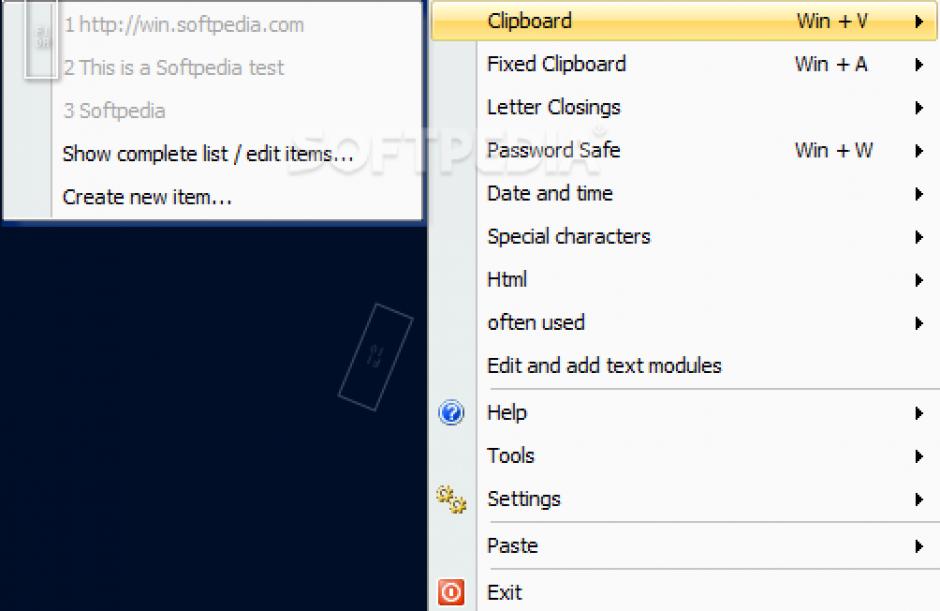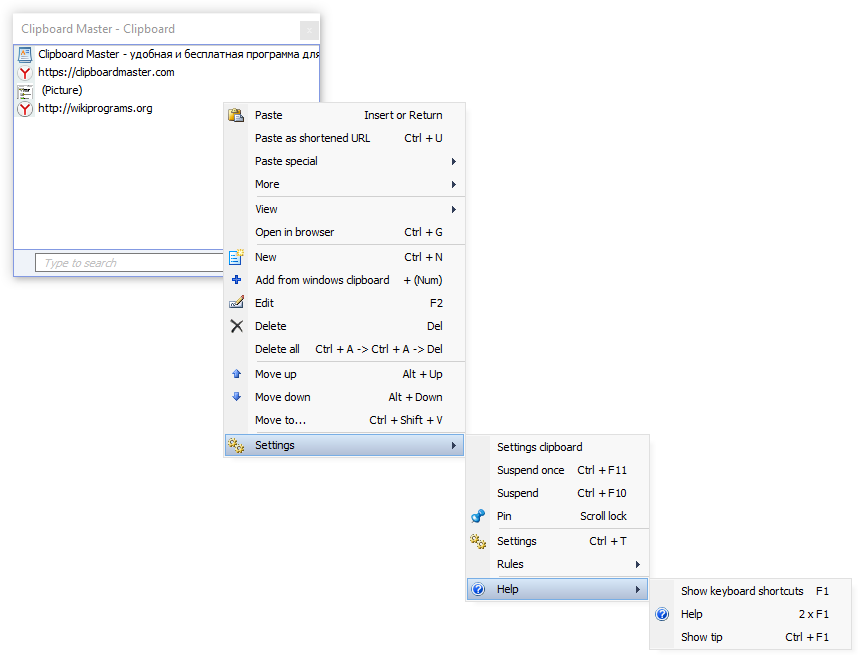

You can configure your clipboard manager with the Settings option. If you want your clipboard manager to stop recording the history of your copy-and-paste activities at any time, click the clipboard icon and select Private mode. Try copying some text from Firefox, then click the clipboard icon to see it in your clipboard history. As soon as it's downloaded and activated, you have a new icon in the top-right of your GNOME desktop.
Clipboard master was denied access download#
Find the add-on called GNOME Shell integration and click to navigate to its page.įollow the prompts to allow Firefox to download the GNOME extension to the appropriate location on your hard drive (they're stored in ~/.local/share/gnome-shell/extensions/, for the record) and activate the extension. In the Add-ons tab, click on the Extensions category in the left column.

To enable GNOME extension management in Firefox, click the hamburger menu in the upper-right corner of Firefox and select Add-ons. (If you use another open source browser than Firefox, see below for information on GNOME Tweaks). You can access GNOME extensions in two ways: through a Firefox browser add-on or the GNOME Tweaks package. Since you usually find extensions on the internet, it makes a lot of sense to use an internet browser to help manage them. Luckily, a clipboard manager called Clipboard Indicator is available as a GNOME extension. The GNOME desktop tends to favor minimalism, and one of the things it swept under the rug is the clipboard manager.

Thanks to the modularity of Plasma widgets ("plasmoids," as they used to be called), Klipper can run as a system tray element in any desktop or window manager, such as Fluxbox, LXQT, i3, etc. With a clipboard manager, though, you can copy "zero" and then "one" and then "penguin" and then anything else you like, and all of them are stored in your clipboard manager's history.Īs usual with KDE, the clipboard manager appears simple but is actually a robust, scriptable, and customizable suite of useful utilities. That's how normal desktop copy and paste works, and it seems to be good enough for most users. In other words, imagine that during a session with your mundane desktop, you copy the word "zero" from a text file and then the word "one." Normally, the second item (the word "one") replaces whatever is in your clipboard (the word "zero"), so when you paste, you see the second item (the word "one"). Long ago, early Unix desktops introduced the concept of a clipboard manager: a GUI application meant to track the history of what you copy and cut so that you can paste not only the most recent item but any of the most recent 10 or 20 things you copied.
Clipboard master was denied access free#


 0 kommentar(er)
0 kommentar(er)
